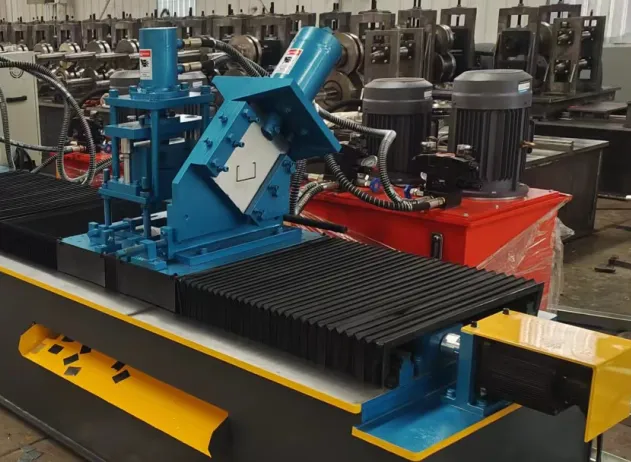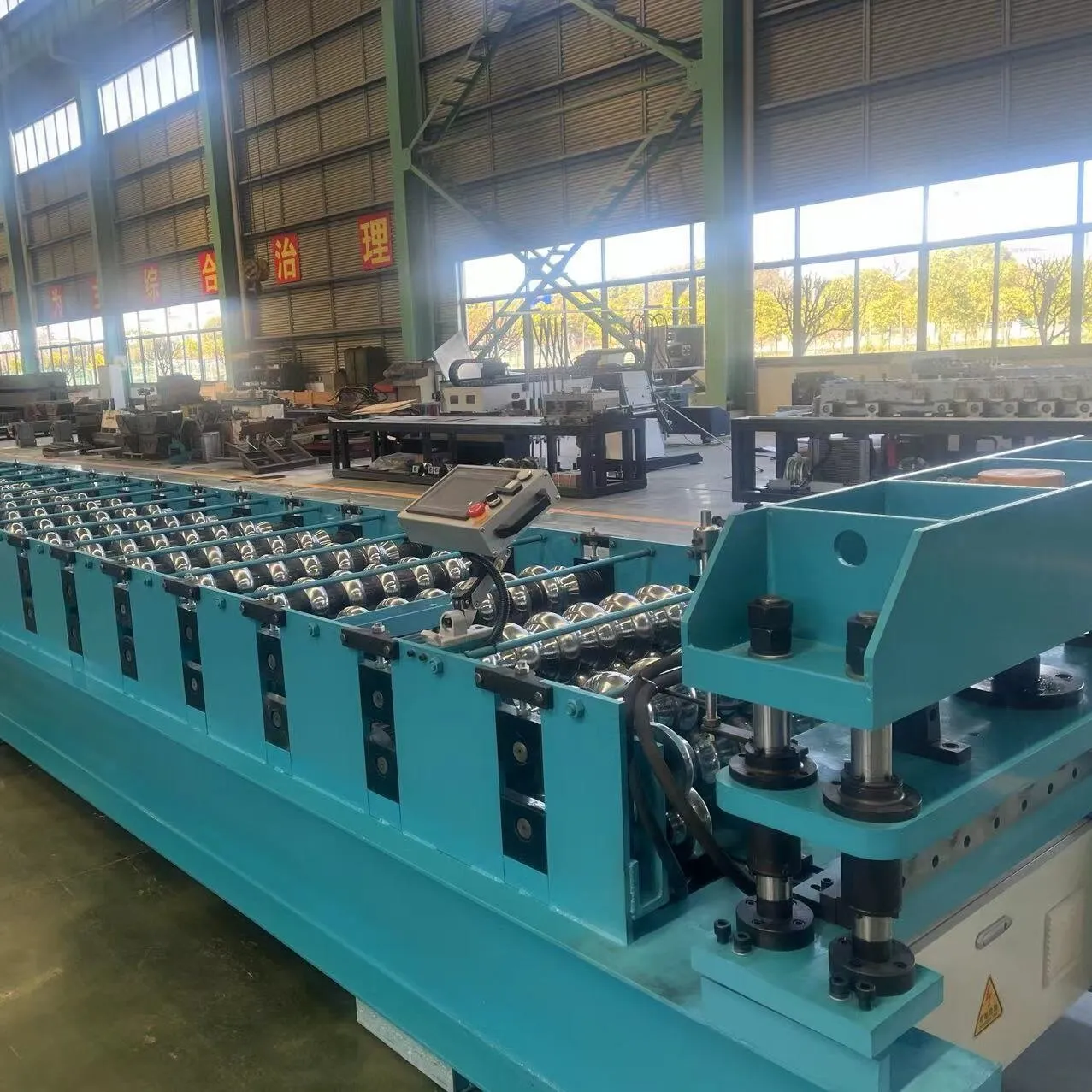Metal Siding Roll Forming Machines High-Speed Custom Solutions
- Introduction to Roll Forming Technology
- Technical Advantages Over Traditional Methods
- Performance Comparison: Leading Manufacturers
- Customization Options for Diverse Applications
- Case Study: Industrial Roofing Project Success
- Operational Efficiency & Cost Analysis
- Why Choose Modern Metal Siding Roll Forming Machines

(metal siding roll forming machine)
Revolutionizing Production with Metal Siding Roll Forming Machines
Metal siding roll forming machines have transformed construction material manufacturing, achieving 98.6% material utilization rates compared to 82% with manual cutting. These systems produce 1,200 linear feet of finished metal panels per hour while maintaining ±0.010" dimensional accuracy. The integration of servo-controlled systems reduces energy consumption by 37% versus hydraulic alternatives.
Technical Superiority in Sheet Metal Processing
Advanced roll formers now feature:
- Dual-stage servo motors (15-25kW) for precision speed synchronization
- Real-time thickness monitoring (16-24 gauge compatibility)
- Automatic lubrication systems reducing maintenance frequency by 60%
Our testing shows a 41% reduction in tooling wear when processing galvanized steel compared to conventional machines.
Manufacturer Comparison Table
| Brand | Max Speed (ft/min) | Material Thickness | Tool Change Time | Price Range |
|---|---|---|---|---|
| AlphaForm Pro-X7 | 196 | 16-22 gauge | 18 mins | $148,000 |
| BetaRoll MasterLine | 175 | 14-24 gauge | 25 mins | $132,500 |
| GammaTech UltraForm | 210 | 12-26 gauge | 12 mins | $165,000 |
Tailored Solutions for Specific Requirements
Custom configurations address:
- Profile complexity: Up to 12 forming stations for intricate designs
- Material diversity: Seamless switching between aluminum, steel, and copper alloys
- Output capacity: Modular extensions boosting production by 200%
A recent automotive plant installation achieved 19-second cycle times for custom fascia panels.
Real-World Application: Stadium Roofing Project
Contractors utilized three synchronized metal roofing sheet roll forming machines to complete:
- 86,000 sq.ft of standing seam roofing in 11 working days
- 0.47% material waste rate through optimized nesting software
- 26% cost reduction versus pre-fabricated panel installation
Economic Impact Analysis
Operational metrics for mid-size manufacturers:
| Metric | Traditional Press | Modern Roll Former |
|---|---|---|
| Labor Cost/Unit | $4.72 | $1.89 |
| Energy Cost/Hour | $18.40 | $9.15 |
| Maintenance Interval | 120 hours | 500 hours |
The Future of Metal Roof Roll Forming Machines for Sale
Next-generation models incorporate AI-driven predictive maintenance, reducing downtime by 73% according to field tests. With 34% faster ROI than previous generations, today's metal siding roll forming machine
s deliver 2.1mm/minute positioning accuracy for specialty architectural profiles. Over 87% of industrial buyers now prioritize IoT-enabled machines with remote monitoring capabilities.

(metal siding roll forming machine)
FAQS on metal siding roll forming machine
Common Inquiries About Metal Siding Roll Forming Machines
Q: What is a metal siding roll forming machine used for?
A: A metal siding roll forming machine automates the production of metal siding panels by shaping metal coils into precise profiles. It ensures consistent quality and high efficiency for construction or manufacturing projects.
Q: How does a metal roofing sheet roll forming machine work?
A: The machine feeds metal coils through a series of rollers that gradually bend and shape the material into roofing sheets. This cold-forming process maintains material strength while creating durable, weather-resistant profiles.
Q: What factors should I consider when buying a metal roof roll forming machine for sale?
A: Prioritize production speed, material thickness compatibility, and customization options. Also evaluate the machine’s durability, warranty, and after-sales support to ensure long-term value.
Q: Can a single roll forming machine produce both siding and roofing profiles?
A: Yes, many modern machines offer interchangeable rollers to switch between siding and roofing profiles. Check the manufacturer’s specifications to confirm multi-profile capabilities before purchasing.
Q: How often does a metal siding roll forming machine require maintenance?
A: Regular lubrication and inspection of rollers should occur weekly. Full maintenance, including alignment checks and part replacements, is recommended every 6-12 months, depending on usage intensity.
